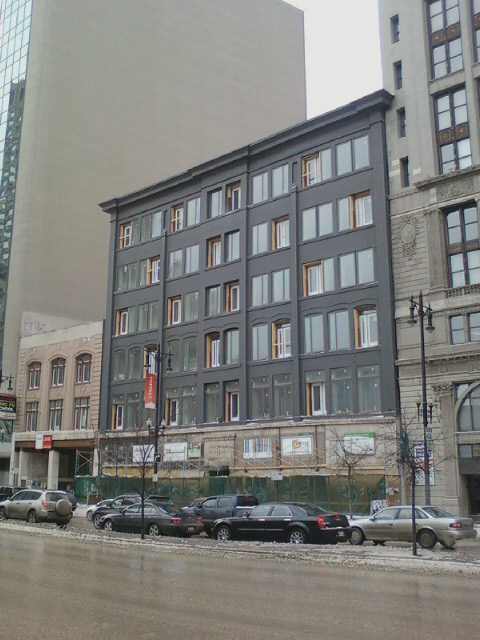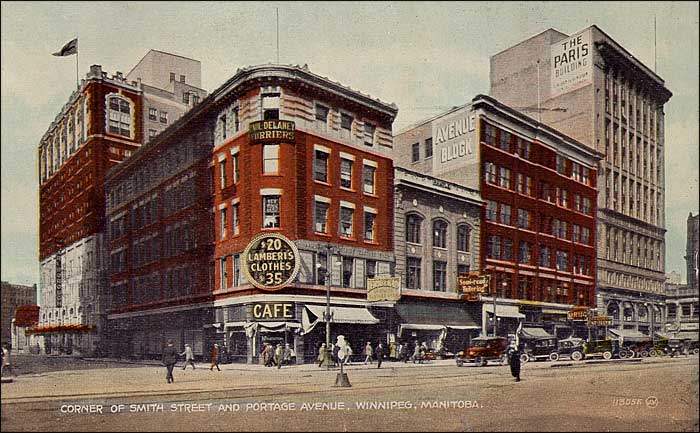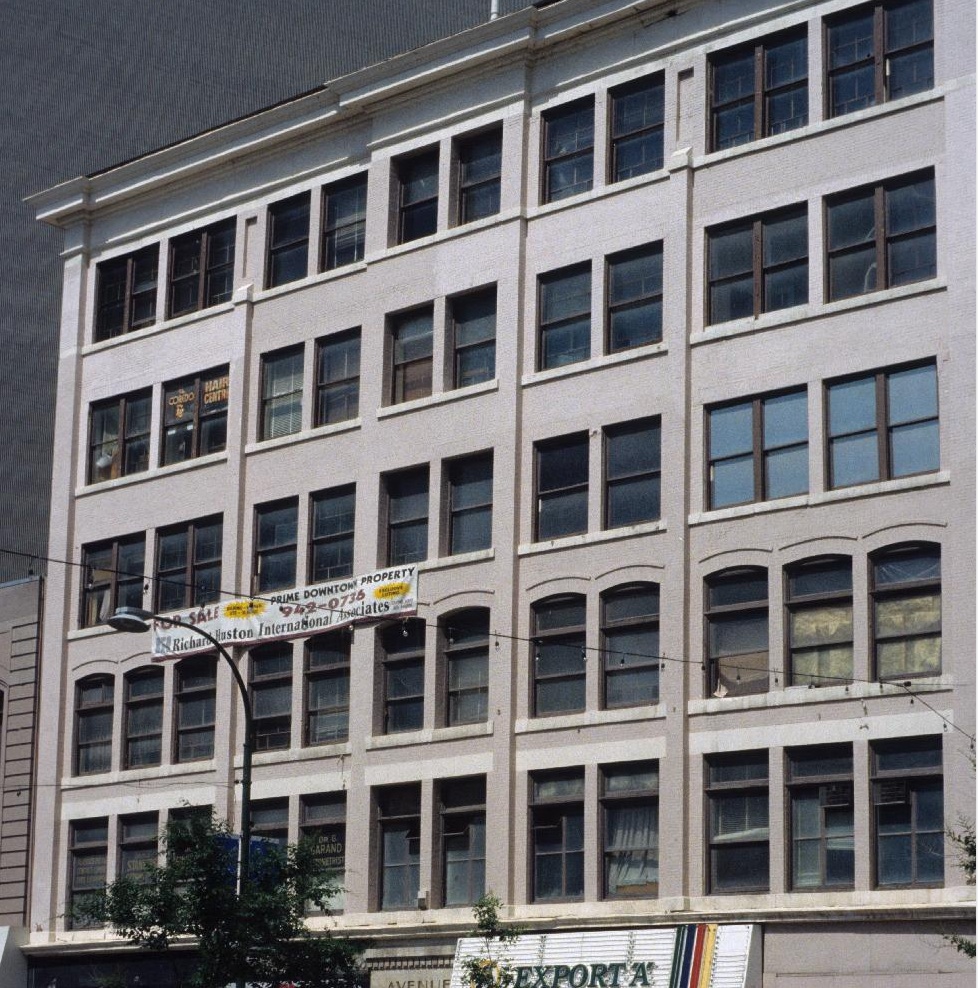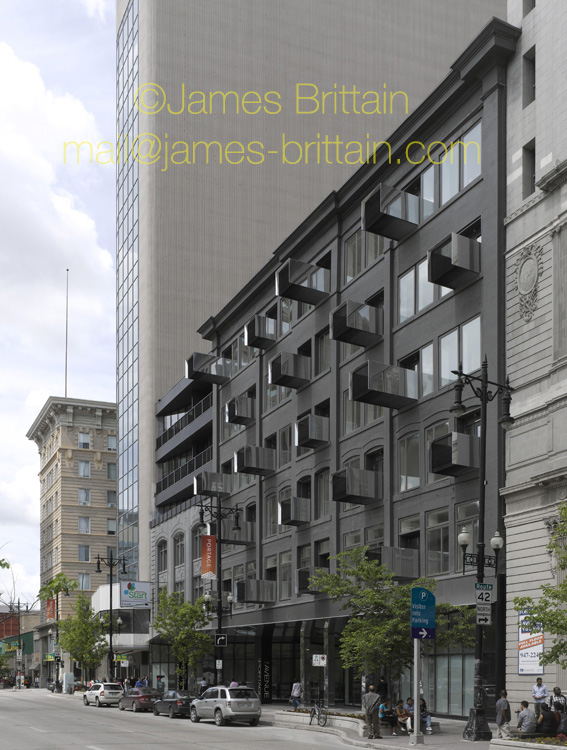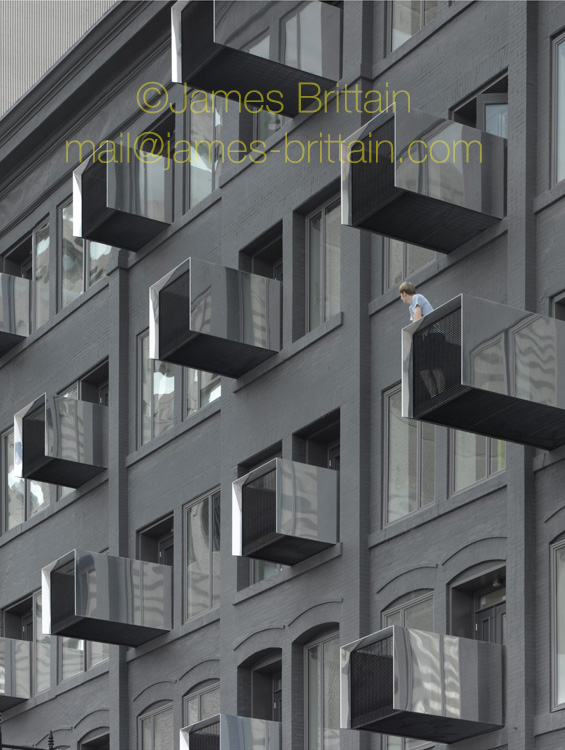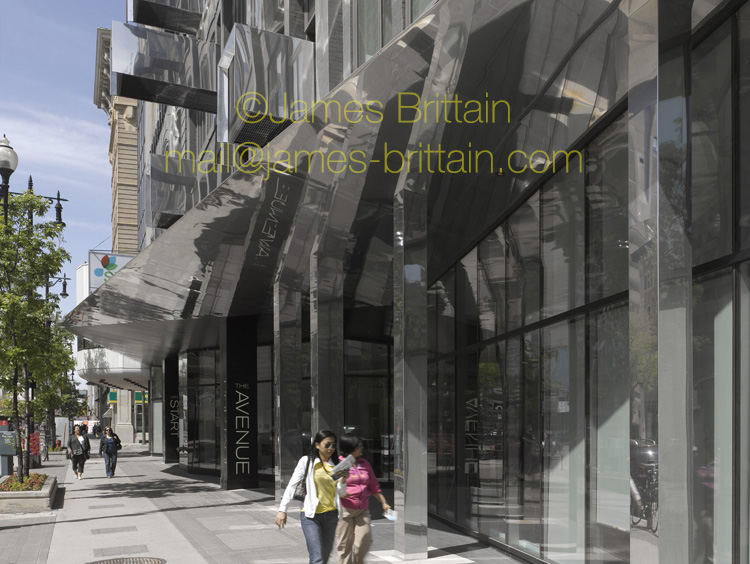The Avenue on Portage
| Former Names: |
|
|---|---|
| Address: | 265 Portage Avenue |
| Constructed: | 1905–1906 |
| Other Work: | 2012 |
| Architects: |
|
| Guides: | Part of the QR Code Tour |
More Information
The Avenue on Portage revives two historic commercial buildings from the turn of the century located one block west of Winnipeg’s most famous corner, Portage and Main. Once major retail destinations in the city, the Avenue and Hample Buildings experienced a slow decline, becoming blights to the street and downtown.
In 2010, clients Mark and Rick Hofer purchased the site to develop the derelict properties into 75 rental apartments (73,000 square feet) and 22,500 square feet of commercial space. The project was completed in 2012 with a budget of $10.8 million.
Manitoba Start is a non-profit organization that provides services to Winnipeg’s new immigrants, including orientation classes, career counseling and employment workshops. Its new, 22,500 square foot facility is located on the main floor of The Avenue on Portage, a landmark heritage building in the city’s downtown, renovated and redesigned by 5468796 Architecture.
Manitoba Start’s program is always evolving to meet the changing needs of its staff and clients, necessitating a design that integrates both fixed and flexible spaces. Due to a somewhat irregular grid of existing columns, the plan responds with a hexagonal geometry that flows freely through the building.
Originally the Avenue Block was constructed in 1905 and designed by James Cadham. The smaller three storey Hample Block was designed by John D. Atchison and was finished in 1906.
Design Characteristics
- A series of formally simple moves dramatically transform the original façades, shifting public perception of the buildings from eyesores to a unified urban landmark.
- Hovering above the sidewalk, steel balconies cantilever from existing window openings and provide outdoor access for apartment dwellers. Clad in mirror-finish aluminum, the balconies become camouflaged against their surroundings, reflecting at turns the sky, the façade and the street below.
- While the balconies push residents out beyond the façade, the main floor pulls pedestrians in, softening the boundary between the public streetscape and the private interiors. Inside, apartments sized between 430 and 1020 s.f. fill the upper four floors of the Avenue, as well as a new, three-storey addition to the Hample. In order to address the deep building footprint and provide windows for interior units, two existing light wells are carried down through all residential floors, while a third is extended into the new addition.
- At street level a wall of glass folds back into the building to create a deep, V-shaped entrance that broadens the width of the sidewalk. Overhead, a faceted, mirror-finish canopy angles outward 13 feet from the face of the Hample before returning to meet the edge of the Avenue, unifying the two façades. Together, these elements draw the city into the building’s expression, making it an active participant in the life of the street.

